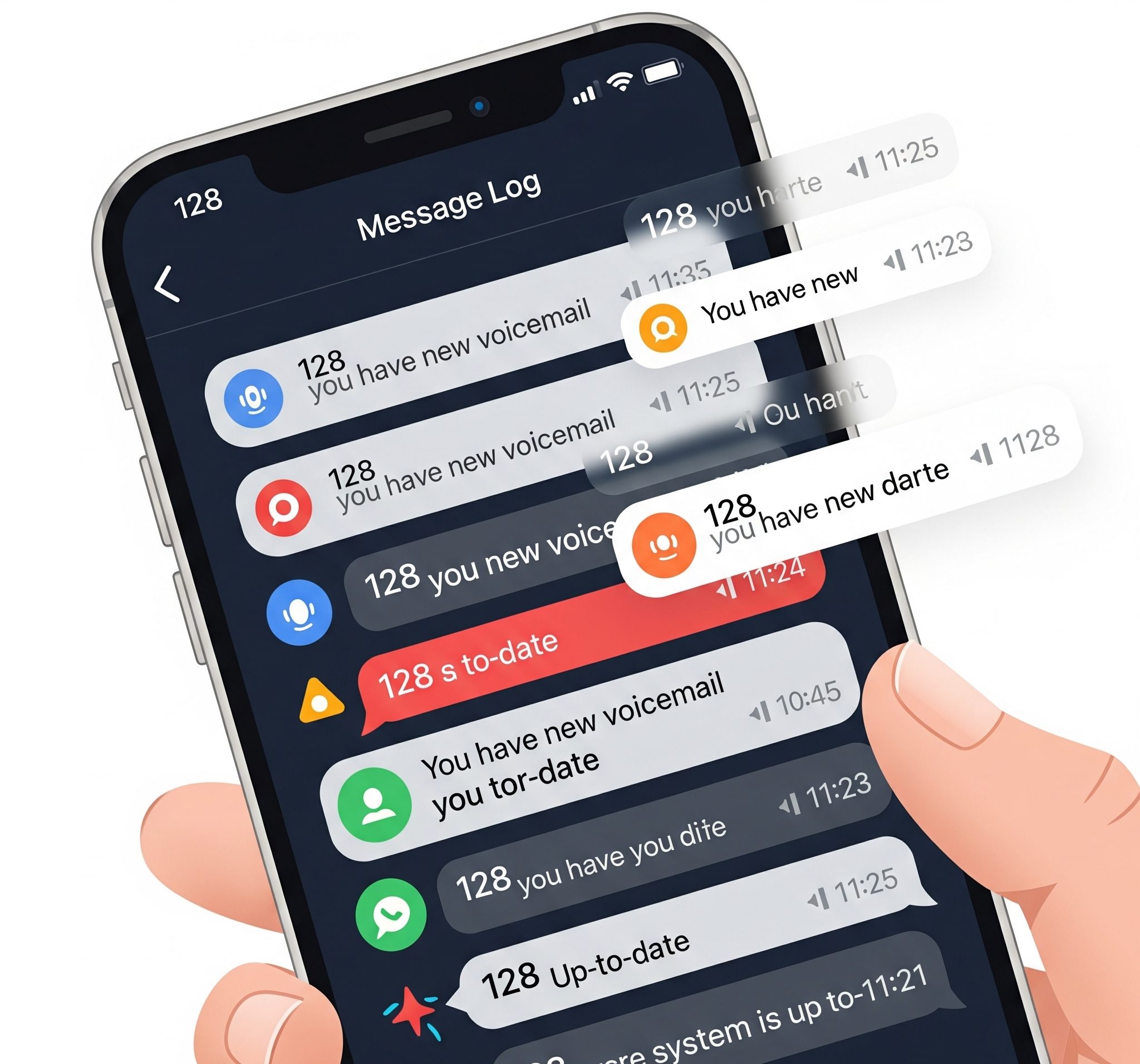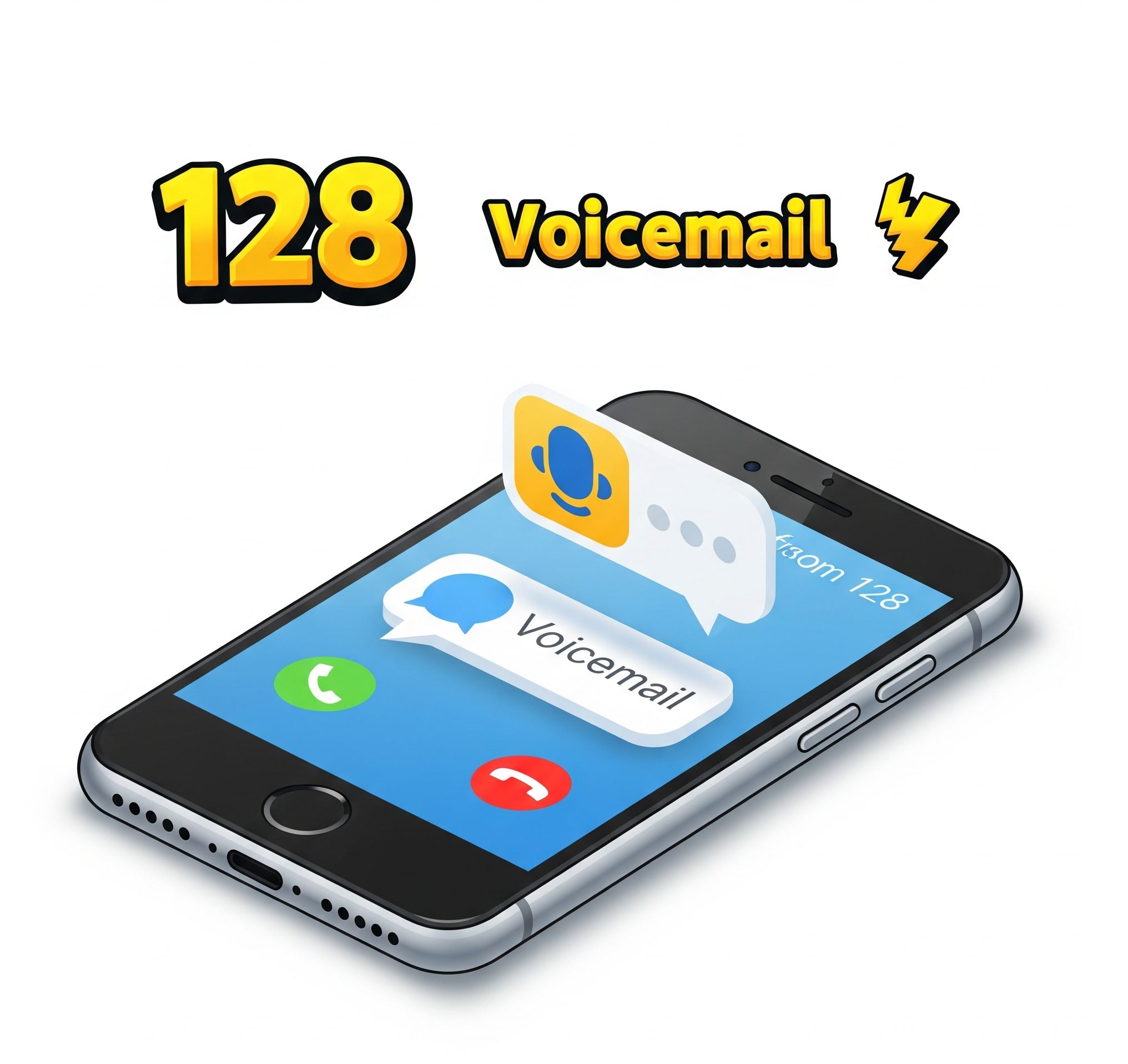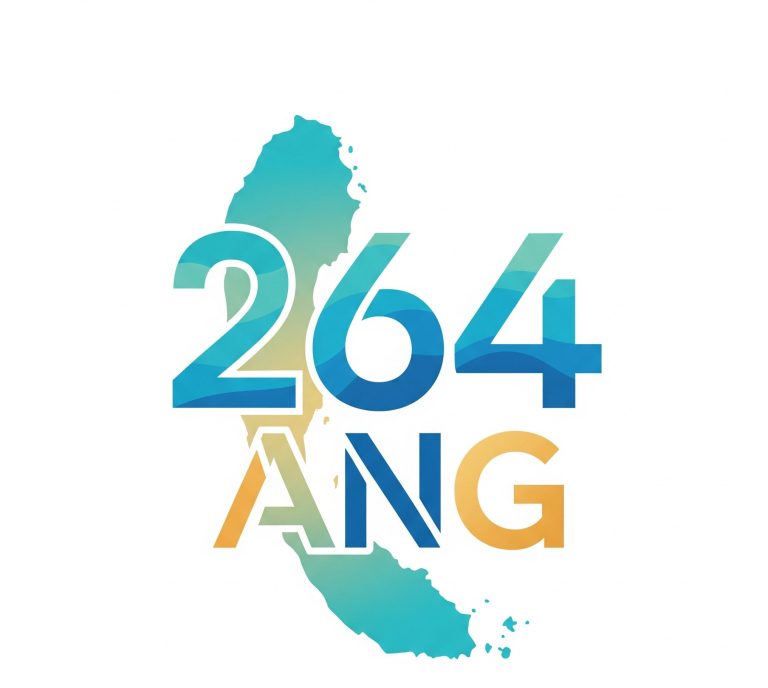Have you ever scrolled through your phone bill or usage details and come across a cryptic entry labeled “short code 128“? For many, particularly customers of major carriers in the United States, this three-digit number can be a source of confusion. What is it, where does it come from, and what does it mean for your mobile usage? This article will demystify short code 128 and delve into the broader world of SMS short codes, equipping you with the knowledge to understand your phone activity better.
Contents
What Exactly Is “Short Code 128”?
In the context of American mobile phone services, short code 128 is most commonly associated with system-level messaging from your carrier. Think of it as an internal routing number that your service provider uses to manage certain types of communications. It’s not a number you can text or call directly, but rather a behind-the-scenes identifier for specific services.
Voicemail and Multimedia Messaging
For many users, short code 128 appears in their usage logs in connection with two primary functions: voicemail and multimedia messaging services (MMS). When you receive a notification for a new voicemail, or when you access your voicemail inbox, your carrier’s system may log this activity using short code 128. Similarly, the sending and receiving of picture messages, videos, or group texts, which fall under the MMS umbrella, can also be routed and recorded using this code.
It’s important to note that seeing short code 128 on your bill is typically not a cause for alarm. It’s a standard operational procedure for many carriers to ensure that these data-rich messages are delivered and accounted for correctly within their network.
A Broader Look: The World of SMS Short Codes
While short code 128 is a specific example of a carrier’s internal code, it provides a great entry point into the wider and more interactive world of SMS short codes. These are the five or six-digit numbers you frequently see in marketing campaigns, on product packaging, and in customer service communications.

What Are SMS Short Codes?
An SMS short code is a shortened phone number designed for high-volume text messaging. Businesses and organizations use them to communicate with a large number of people simultaneously. Unlike your personal ten-digit phone number, short codes are intended for mass communication and are regulated by the Cellular Telecommunications and Internet Association (CTIA) in the United States.
There are two main types of short codes:
- Vanity Short Codes: These are specific numbers that a business chooses, often to be memorable or to spell out a word related to their brand (e.g., texting “DEALS” to 25678).
- Random Short Codes: These are randomly assigned numbers and are a more cost-effective option for businesses.
How Are Short Codes Used?
The applications for SMS short codes are vast and continue to grow. You’ve likely interacted with them in one or more of the following ways:
- Marketing and Promotions: This is perhaps the most common use. Brands encourage you to text a keyword to a short code to receive discounts, enter contests, or join loyalty programs.
- Two-Factor Authentication (2FA): When you log into a secure online account, you might receive a text message with a verification code from a short code. This adds an extra layer of security to your accounts.
- Alerts and Notifications: Services you subscribe to, such as your bank, airline, or pharmacy, may use short codes to send you important updates, like fraud alerts, flight status changes, or prescription refill reminders.
- Customer Service: Some companies offer customer support via text message, allowing you to get help quickly and conveniently by texting a short code.
- Charitable Donations: Non-profit organizations often use short codes for fundraising campaigns, allowing people to donate a specific amount by simply sending a text message.
Navigating the Use of Short Codes
The world of SMS short codes is built on an opt-in basis. This means that a business or organization must have your explicit permission to send you messages. You typically grant this permission by texting a specific keyword to their short code.
You also have the right to stop receiving messages at any time. By replying with standard keywords like “STOP,” “END,” “CANCEL,” or “UNSUBSCRIBE,” you can opt-out of future communications from that short code.
Conclusion: From a System Code to a World of Communication
What starts as a simple query into the meaning of short code 128 on your phone bill opens up a fascinating look into the infrastructure that powers modern mobile communication. While short code 128 is a functional, system-level identifier used by your carrier, the broader universe of SMS short codes represents a dynamic and direct line of communication between you and the brands and services you use every day. The next time you see a five or six-digit number on a billboard or in an advertisement, you’ll have a deeper understanding of the technology at play and the role it serves in our increasingly connected world.







